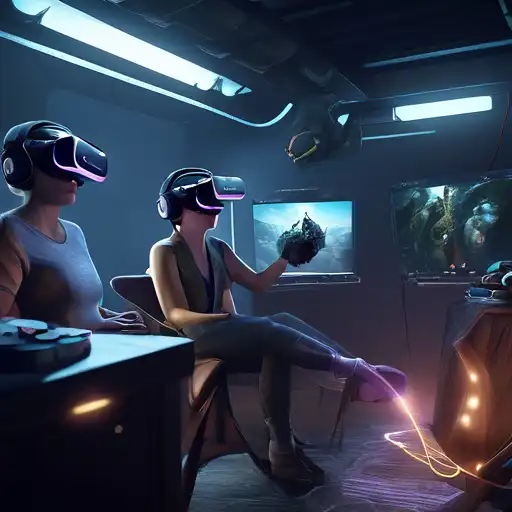Introduction to Virtual Reality
Virtual Reality (VR) has transformed the way we interact with digital content, offering unparalleled immersive experiences. From gaming to education, VR's applications are vast and varied. This guide will walk you through the essentials of creating captivating VR experiences that engage and astonish users.
Understanding the Basics of VR Development
Before diving into VR development, it's crucial to grasp the foundational elements that make VR unique. These include 3D environments, user interaction, and motion tracking. Familiarizing yourself with these concepts is the first step toward creating immersive VR experiences.
Choosing the Right Tools and Platforms
Selecting the appropriate development tools is pivotal. Popular platforms like Unity and Unreal Engine offer robust support for VR development, providing developers with the necessary resources to bring their visions to life.
Designing for Immersion
Immersion is the cornerstone of VR. To achieve this, focus on creating detailed environments, realistic interactions, and seamless navigation. Remember, the goal is to make users forget they're in a virtual world.
Best Practices for VR Development
Developing for VR comes with its set of challenges. Here are some best practices to ensure your project's success:
- Optimize performance to prevent motion sickness.
- Ensure intuitive user interfaces that don't break immersion.
- Test extensively across different VR hardware to guarantee compatibility.
Advanced Techniques for Enhancing VR Experiences
To take your VR projects to the next level, consider incorporating advanced techniques such as spatial audio, haptic feedback, and AI-driven interactions. These elements can significantly enhance the realism and immersion of your VR experiences.
Leveraging Spatial Audio
Spatial audio adds a layer of depth to VR, making sounds appear to come from specific directions and distances. This technique is essential for creating a believable virtual environment.
Incorporating Haptic Feedback
Haptic feedback allows users to 'feel' virtual objects, adding a tactile dimension to VR. This technology is rapidly evolving, offering new possibilities for immersive experiences.
Conclusion: The Future of VR Development
As VR technology continues to advance, the possibilities for creating immersive experiences are limitless. By staying informed about the latest trends and technologies, developers can continue to push the boundaries of what's possible in virtual reality.
For more insights into VR development, check out our guide on VR development tools and tips for designing 3D environments.
